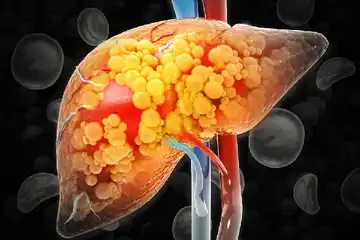A neurological disease in which patients have uncontrollable and often excessive bouts of laughing, crying or both, Pathological Laughter and Crying (PLC) is also known by five other names: Pseudobulbar Affect, Emotional Dysregulation, Emotional Lability, Emotionalism and Emotional Incontinence.
Researchers have clarified that people living with PLC have difficulty expressing emotions, rather than feeling them. Hence, PLC is not a mood disorder.
Though we don’t yet know how and why PLC happens, there are several theories on potential causes for the disease which manifests as excessive, often inappropriate, laughter or crying, or both—either with or without adequate stimulus.

 Doctors for Pathological Laughter and Crying
Doctors for Pathological Laughter and Crying 


































